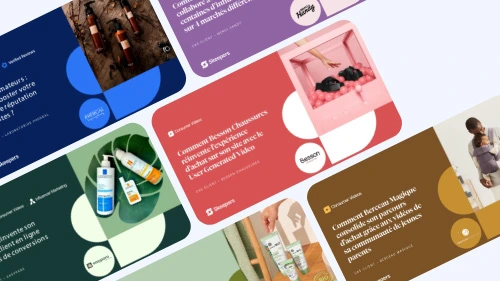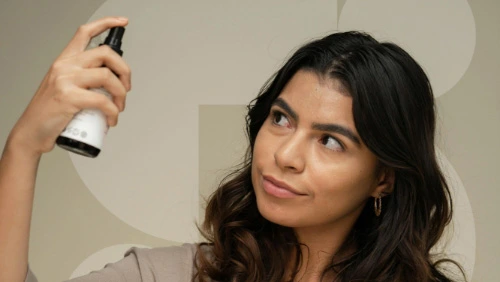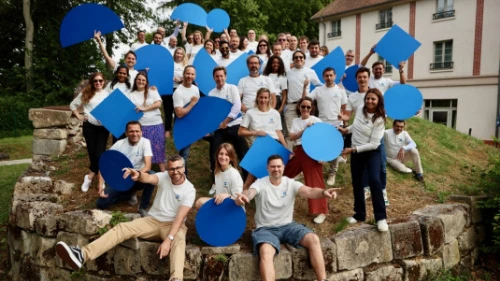The influencer industry in 2024 was worth $250 billion. According to the predictions of Goldman Sachs, it will grow to $500 billion by 2027. The influencer game is totally different from what it was 10 years ago. This includes how influencers make content and money, and how much. These influencers are now becoming entrepreneurs from mere...
The influencer industry in 2024 was worth $250 billion. According to the predictions of Goldman Sachs, it will grow to $500 billion by 2027.
The influencer game is totally different from what it was 10 years ago. This includes how influencers make content and money, and how much. These influencers are now becoming entrepreneurs from mere influencers. But, their main goal is to maintain authenticity.
In an interview with Business Insider, Savanna Britt (CEO, Brittprint Agency) said that follower count no longer determines whether or not a brand should participate with an influencer. As engagement and conversions are higher and targeted with smaller influencers, brands are more inclined to work with them.
There’s no denying that Instagram has become a powerhouse for influencer marketing. From product unboxings to behind-the-scenes reels, content creators leverage every feature to connect with audiences. For brands looking for influencers on Instagram, this platform offers unparalleled access to millions of potential customers. Only thing you should know is how to navigate the influencers effectively.
Defining Your Influencer Marketing Goals
Understanding Campaign Objectives
Before reaching out to any content creator, it’s crucial to get crystal clear on your UGC campaign goals.
Ask yourself: Are you looking to increase brand awareness, drive product promotion leading to direct sales, or generate user-generated content to showcase real-life testimonials? Each of these objectives requires a slightly different approach—and ultimately influences which influencers you’ll target.
For example:
- if you’re aiming for quick conversions and product promotion, you might partner with influencers who have a proven track record of guiding their followers to make purchases.
- On the other hand, if your goal is to bolster branding and familiarity, collaborating with creators who excel at storytelling and community engagement could be a better fit.
By matching the right influencer with your desired outcome, you’ll maximize both the short-term and long-term impact of your campaigns.
Identifying Target Audience and Niche
Once you know what you want from your campaign, the next step is honing in on your target audience and niche market.
Who exactly are you trying to reach?
Pinpointing the demographics, interests, and behaviors of your ideal customers allows you to seek out influencers whose followers align with those characteristics. This brand alignment is key: even the most popular influencer won’t move the needle if their audience doesn’t match your customer profile.
“Niche alignment drives engagement and ROI by connecting with specific audiences. Build look-alike influencer clusters, such as sustainable living influencers focusing on eco-friendly parenting, ethical fashion, or green tech. Test and refine through pilot campaigns to ensure meaningful connections and measurable results.”
Han Li, Head of Community, Skeepers
Finding the Right Influencers on Instagram
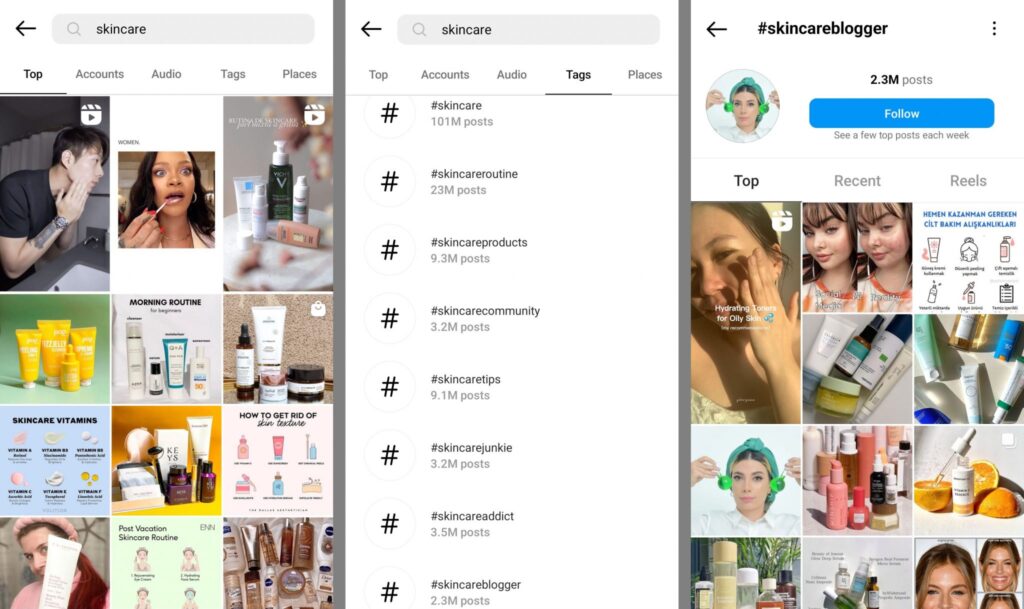
Research Tools and Methods
When it comes to influencer discovery for brands looking for influencers on instagram, there’s no shortage of ways to unearth potential partners. You can start with hashtag searches that align with your brand—whether it’s #veganrecipes, #homeworkout, or #travelblogger—and see who’s generating meaningful engagement in those conversations. In addition to hashtags, explore location tags if your products or services cater to specific regions or local communities.
But all of these methods are time consuming and cost you way more than it should. The manual methods of reaching out to each of these influencers is cumbersome and not sustainable.
Hence to be more efficient and successful at these campaigns, leverage solutions like Skeepers’ Influencer Marketing which offer a bouquet of influencers to choose from with advanced filtering tools. Solutions like these can help you identify influencers based on niche, follower demographics, average engagement rate, and more. They match you with multiple influencers at a time to increase productivity, reduce manual labour, and save costs.
Vetting Influencer Profiles
Once you’ve compiled a shortlist of potential influencers, it’s time to verify their credibility. Start by examining their engagement rate—a high number of likes and comments relative to follower count often signals a genuinely involved community. At the same time, assess follower quality by looking at who’s actually engaging with the content. A spike in suspicious profiles or bot-like comments can be a red flag for fake followers.
Beyond numbers, consider the influencer’s overall content quality. Are their photos, captions, and reels authentic, and on-brand for you? Do they promote values and lifestyles that align with your company’s ethos?
Crafting a Strong Outreach Strategy
Personalizing Your Pitch
For brands looking for influencers on Instagram, the key to a successful first impression often lies in personalization. Rather than firing off mass-produced messages, take the time to show genuine interest in the influencer’s work.
Begin by referencing a recent post you enjoyed or a campaign they executed well, explaining why it resonated with you. This not only demonstrates that you’ve done your homework but also communicates respect for their content and creativity.
When it comes to writing your direct messages (DMs) or emails, keep it concise and compelling. Influencers receive countless pitches daily, so yours should stand out with clear objectives and a straightforward collaboration proposal.
Here’s a toolkit that you might like to use while pitching the influencers.
Building Mutual Value
At the core of every successful brand-influencer partnership is a sense of mutual benefit. Especially for brands looking for influencers on Instagram, it’s essential to highlight what’s in it for the creator as well as what’s in it for you.
Beyond standard payments, consider offering exclusive perks, such as early access to products, bonus commissions for high-performing affiliates, or opportunities for long-term relationships like ambassadorship programs. These added incentives can help foster deeper loyalty and enthusiasm from the influencer.
Cultivating genuine rapport goes beyond transactional exchanges.
Structuring Collaborations for Success
Choosing the Right Campaign Type
When it comes to brands looking for influencers on Instagram, selecting the most effective collaboration format can make all the difference. With sponsored posts influencers showcase your product or service in a dedicated post. With affiliate marketing they earn a commission for each sale driven through their unique link. The options are diverse.
Other popular approaches include product seeding. This is where you provide free products for influencers to test and share with their audience.
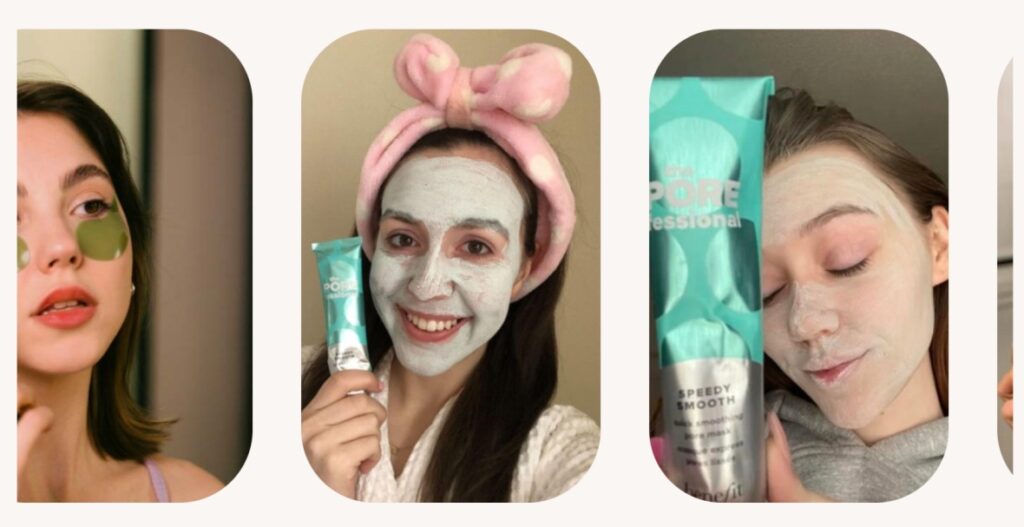
Let’s take for example, Benefit Cosmetics. They have been a Skeepers client since 2017. Since then, every two months they launch new campaigns to engage their consumers. As they established their need for engagement and authenticity, the brand went ahead and looked for influencers with Skeepers who match their DNA. This was a key step in the execution of the campaign as it determines its success or failure.
At the core of their influencer marketing strategy are beauty creators who post regularly and have a naturally engaged community interested in cosmetics. A key element is selecting and activating micro-influencers. Specifically those who can bring the Benefit experience to life on Instagram through unique, easy-to-digest content.
Setting Clear Expectations
Even the most promising collaborations can fall flat without clearly defined parameters. For brands looking for influencers on Instagram, laying out content guidelines, deadlines, and performance metrics upfront is crucial. Be explicit about what you’d like the influencer to highlight. It can be key product features, lifestyle benefits, or brand values—and agree on the number of posts or stories, the posting schedule, and the social channels to be used.
Measuring and Optimizing Performance
Tracking Key Metrics

To fully understand the impact of your campaigns, it’s essential to monitor core metrics like ROI, engagement, conversion rate, and brand sentiment. By using tools such as Google Analytics, native Instagram Insights, or specialized platforms (e.g., GRIN, CreatorIQ), you can track link clicks, sales conversions, and increases in social engagement tied to specific influencer collaborations.
This data reveals not only which partnerships are generating the most buzz but also where you can refine your messaging or targeting. Ongoing data analysis is your roadmap for continuous improvement.
Ongoing Relationship Management
Building a solid influencer network doesn’t end once a campaign goes live. Cultivating long-term partnerships fosters deeper trust and brand loyalty—critical for repeated exposure and sustained influence over time. Keep lines of communication open even when a campaign has concluded.
Share results and feedback with your influencer, celebrate milestones, and show genuine appreciation for their efforts. A simple thank-you note, a shoutout on your brand’s social platforms, or an exclusive discount code can go a long way in boosting influencer retention.
Conclusion
For brands looking for influencers on Instagram, adopting a strategic, goal-oriented approach can be the game-changer that elevates a campaign from good to unforgettable. By defining clear objectives, targeting the right audiences, and tailoring collaborations to maximize authenticity and mutual benefit, you’ll be far better positioned to capture attention—and conversions—amid the platform’s ever-expanding sea of content.
Looking ahead, influencer collaborations will only become more integral to successful digital marketing. As audience behavior evolves and social platforms introduce new features, brands that commit to nurturing genuine, long-term partnerships will reap the rewards of sustained engagement, brand loyalty, and meaningful community growth.






